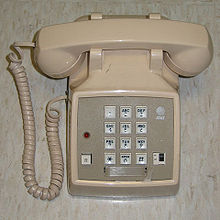
The various tones of the color coral are orange, red and pink representations of the colors of those cnidarians known as precious corals.
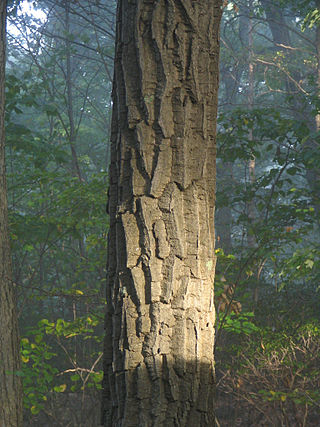
Tan is a pale tone of brown. The name is derived from tannum used in the tanning of leather.
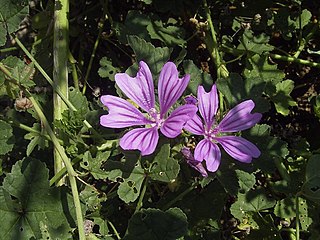
Mauve is a pale purple color named after the mallow flower. The first use of the word mauve as a color was in 1796–98 according to the Oxford English Dictionary, but its use seems to have been rare before 1859. Another name for the color is mallow, with the first recorded use of mallow as a color name in English in 1611.

Copper is a reddish brown color that resembles the metal copper.

Lilac is a light shade of pink representing the average color of most lilac flowers. The colors of some lilac flowers may be equivalent to the colors shown below as pale lilac, rich lilac, or deep lilac. However, there are other lilac flowers that are colored red-violet.
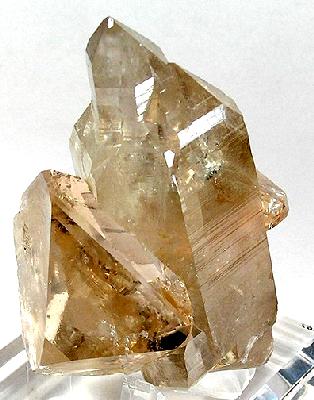
The color champagne is a name given for various very pale tints of yellowish-orange that are close to beige. The color's name is derived from the typical color of the beverage Champagne.
Taupe is a dark gray-brown color. The word derives from the French noun taupe meaning "mole". The name originally referred only to the average color of the French mole, but beginning in the 1940s, its usage expanded to encompass a wider range of shades.
Ecru is a grayish yellow or cream colour. It is still defined by some dictionaries as the colour of unbleached linen, which it still is in French. In English, over the years it has come to be used for a quite different, much darker color.

Fallow is a pale brown color that is the color of withered foliage or sandy soil in fallow fields. This however is a post factum rationalization, and the etymologies are distinct.

Varieties of the color green may differ in hue, chroma or lightness, or in two or three of these qualities. Variations in value are also called tints and shades, a tint being a green or other hue mixed with white, a shade being mixed with black. A large selection of these various colors is shown below.

Bronze is a metallic brown color which resembles the metal alloy bronze.
Tuscan red is a shade of red that was used on some railroad cars, particularly passenger cars.
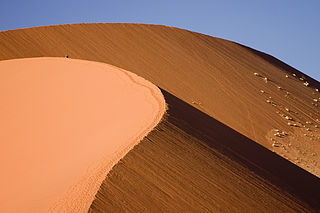
Desert sand is a very light and very weakly saturated reddish yellow colour which corresponds specifically to the coloration of sand. It may also be regarded as a deep tone of beige.
The color Byzantium is a particular dark tone of purple. It originates in modern times, and, despite its name, it should not be confused with Tyrian purple, the color historically used by Roman and Byzantine emperors. The latter, often also referred to as "Tyrian red", is more reddish in hue, and is in fact often depicted as closer to crimson than purple. The first recorded use of byzantium as a color name in English was in 1926.
Livid is a medium bluish-gray color. This color name comes from the Latin color term lividus meaning "'a dull leaden-blue color', and also used to describe the color of contused flesh, leading to the English expression 'black and blue'". The first recorded use of livid as a color name in English was in 1622.

Shades of white are colors that differ only slightly from pure white. Variations of white include what are commonly termed off-white colors, which may be considered part of a neutral color scheme.
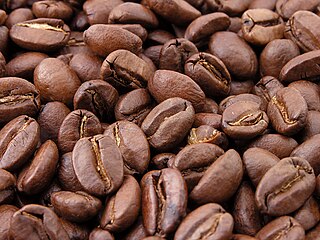
Coffee is a brownish color that is a representation of a roasted coffee bean. Different types of coffee beans have different colors when roasted—the color coffee represents an average.
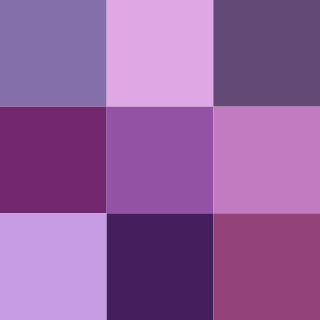
There are numerous variations of the color purple, a sampling of which is shown below.
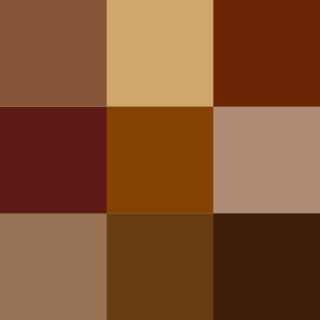
Shades of brown can be produced by combining red, yellow, and black pigments, or by a combination of orange and black—illustrated in the color box. The RGB color model, that generates all colors on computer and television screens, makes brown by combining red and green light at different intensities. Brown color names are often imprecise, and some shades, such as beige, can refer to lighter rather than darker shades of yellow and red. Such colors are less saturated than colors perceived to be orange. Browns are usually described as light or dark, reddish, yellowish, or gray-brown. There are no standardized names for shades of brown; the same shade may have different names on different color lists, and sometimes one name can refer to several very different colors. The X11 color list of web colors has seventeen different shades of brown, but the complete list of browns is much longer.

Rose is the color halfway between red and magenta on the HSV color wheel, also known as the RGB color wheel.


